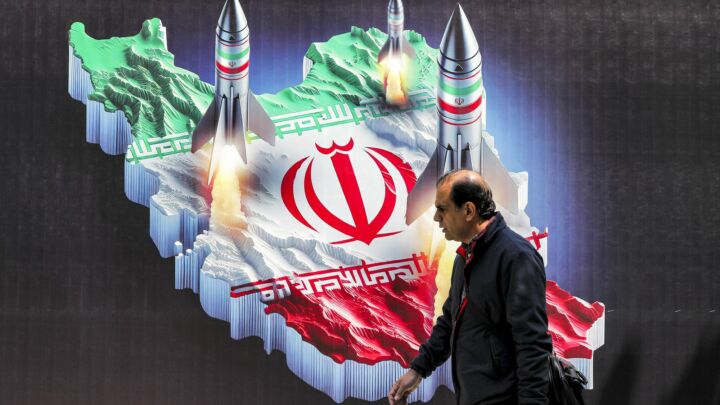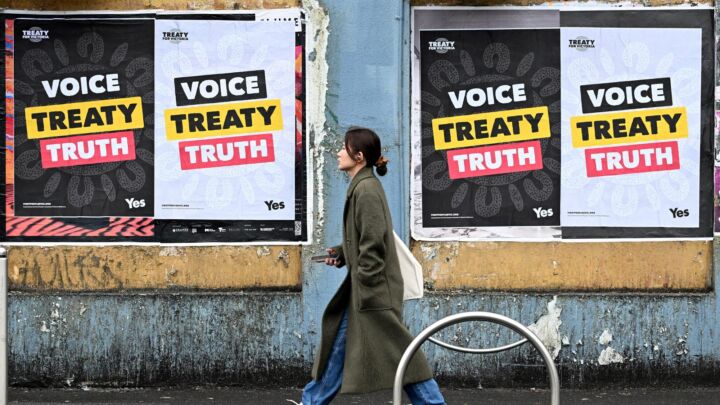Rush: two lives spent in the fast lane
The couldn’t-make-it-up rivalry between F1 heroes Niki Lauda and James Hunt makes for one of the most entertaining films of the year.

‘Well, James, they’ve changed the regulations… yet you’re still extremely fast. How do you do it?’, asked Stirling Moss to Britain’s new golden boy of Formula 1, James Hunt. ‘Big balls’, came the reply. Yet in the epic world championship contest of 1976, there was one man who had even bigger balls than Hunt: the reigning champion, Austria’s Niki Lauda.
Their couldn’t-make-it-up duel for the championship certainly made life easier for screenwriter Peter Morgan. Simply stitching together the events was enough to create an engaging film and in the hands of director Ron Howard, a man also keen to tell stories plainly and simply, Rush is exciting stuff. If anything, it would be an advantage to watch the film knowing nothing about motor racing so you can let events unfold with more twists and turns than the average chicane.
Almost all of Morgan’s work seems to revolve around the relationship between two antagonistic characters who are both, in their separate ways, sympathetic or whose motives are at least comprehensible. In Rush, we have Niki Lauda, a hard-headed perfectionist who is more interested in winning than having fun, lacks social skills and looks like a rat. (Seriously, his nickname was ‘The Rat’. It was even written on his helmet.) His rival is James Hunt, a champers-swigging former public schoolboy with a legendary reputation as a ‘swordsman’. (In the film, a fellow driver tells Lauda that Hunt is, according to the female track manager at the testing circuit they are using, ‘an immortal fuck’.) Hunt is all about winging it, rocking up on race day almost literally shagged out and blasting the opposition away with flat-out, courageous driving.
The turning point in the story is the German Grand Prix at the Nurburgring, an enormous and famously dangerous circuit. In very wet conditions, Lauda appeals for the race to be called off. The drivers take a vote and Lauda’s plea is rejected. On the second lap, Lauda’s car spins off, crashes and bursts into flames. Another car ploughs into the back of him. Lauda is trapped for a full minute inside the burning wreckage. When he is pulled out, much of his face and scalp are badly burned. But worse, breathing in the hot air and smoke has damaged his lungs. It is touch and go whether he will survive, let alone race again.
Hunt takes advantage to close Lauda’s huge lead at the top of the championship. But just six weeks after his run-in with death, Lauda is back behind the wheel for the Italian Grand Prix. It is an act of incredible courage and determination, especially as the race track at Monza is soaking wet from rain, just as it was at the Nurburgring. Lauda is terrified, but races anyway. See what I mean about ‘big balls’?
Rush shows how brave those F1 drivers were at a time when deaths in the sport were a common occurrence. But Morgan’s two-character shtick is wearing a little thin. We’ve already had Tony Blair v Gordon Brown (The Deal), Tony Blair v Queen Elizabeth (The Queen), Brian Clough v Don Revie (The Damned United) and perhaps the most explicit face-off of the lot, David Frost v Richard Nixon (Frost/Nixon). The trouble is that while Morgan does a clever job of making his central characters’ motivations understandable, he also has to drive the plot by making their differences too black and white.
In the case of Rush, the truth was better presented in a BBC4 documentary repeated last night, Hunt vs Lauda: F1’s Greatest Racing Rivals. In turns out that James Hunt was almost as single-mindedly determined to win as Niki Lauda. While they were great rivals, their shared passion for racing and the pit-lane camaraderie that comes of knowing that any of the drivers could die at any time meant they were better friends than Morgan and Howard would have you believe. Indeed, as with their previous collaboration, Frost/Nixon, writer and director are quite happy to play a little fast-and-loose with the truth for the sake of a gripping story.
Moreover, Morgan’s dialogue is sometimes transparently functional. His characters deliver lines based on one-dimensional versions of the real people portrayed in a way that allows Morgan to create a clear-cut rivalry and drive the plot along. Hunt says a lot of posho, reckless, James Hunt-y kind of things; Lauda says lots of humourless, win-obsessed Niki Lauda-esque things.
That said, Rush is probably as entertaining a way of spending two hours at the cinema as you will find this year. Chris Hemsworth is effective as Hunt, but Daniel Brühl steals the show as the rat-faced Lauda. Whatever the shortcomings of Morgan’s style as a writer, he has an eye for a great true story – something Hunt and Lauda certainly provided.
Rob Lyons is associate editor at spiked.
Watch the trailer for Rush
To enquire about republishing spiked’s content, a right to reply or to request a correction, please contact the managing editor, Viv Regan.








Comments
Want to join the conversation?
Only spiked supporters and patrons, who donate regularly to us, can comment on our articles.